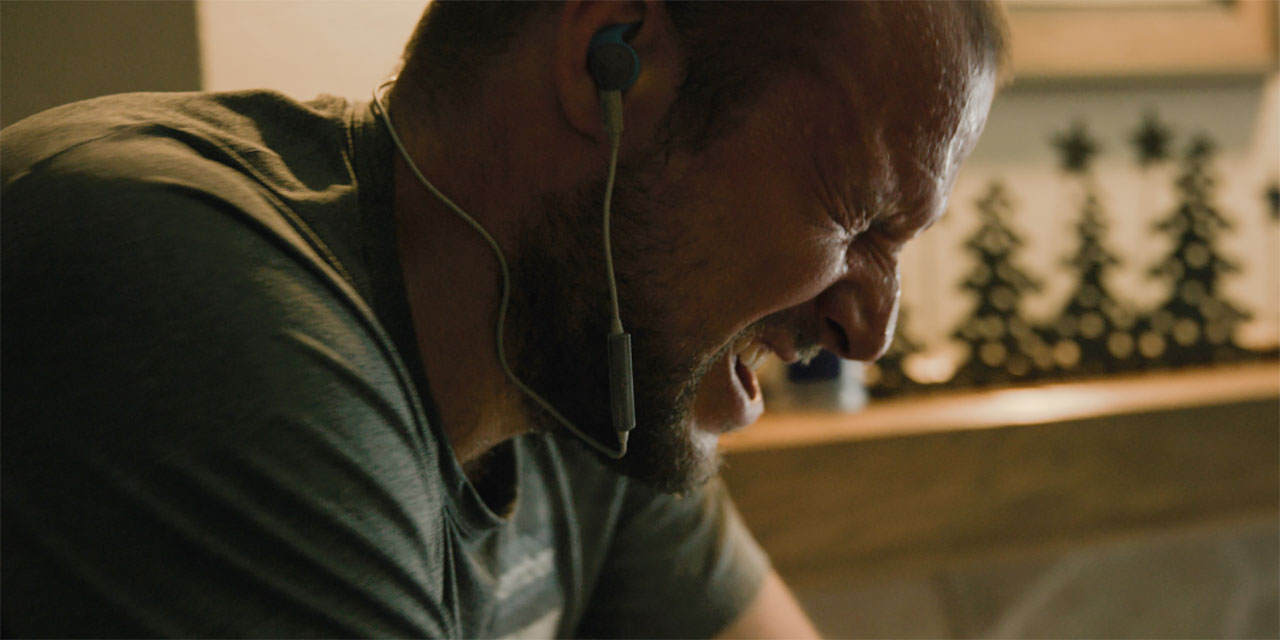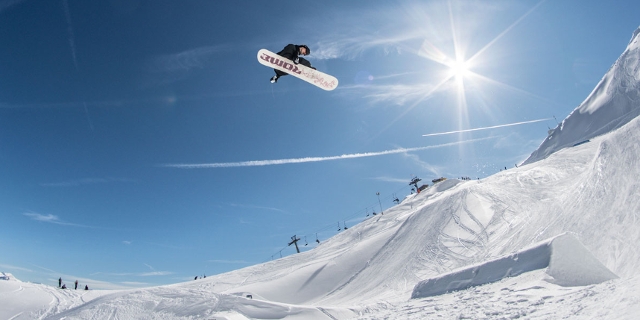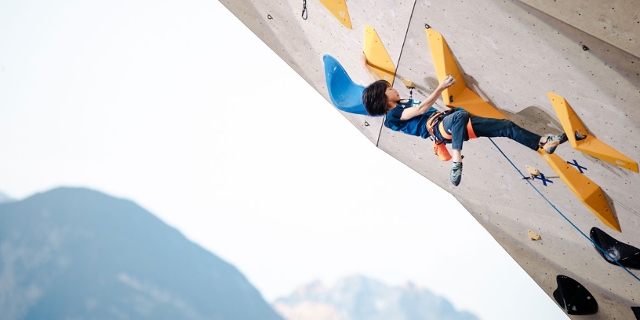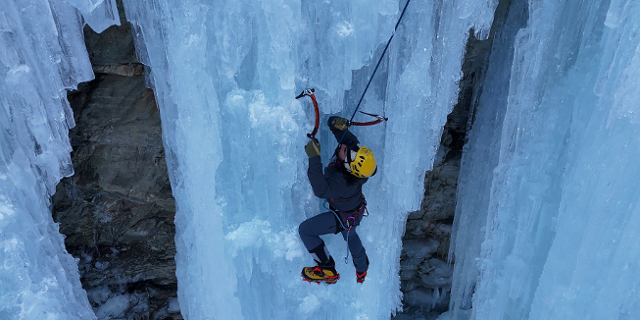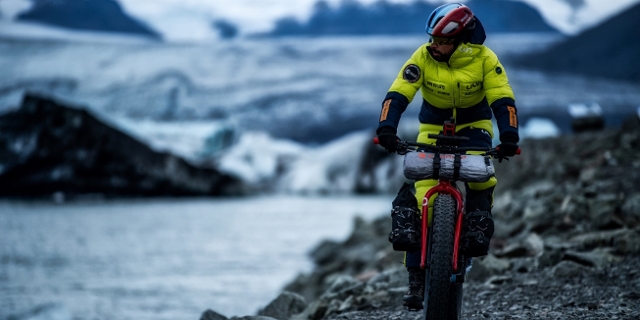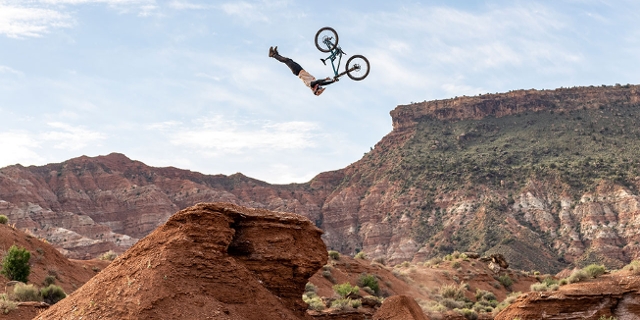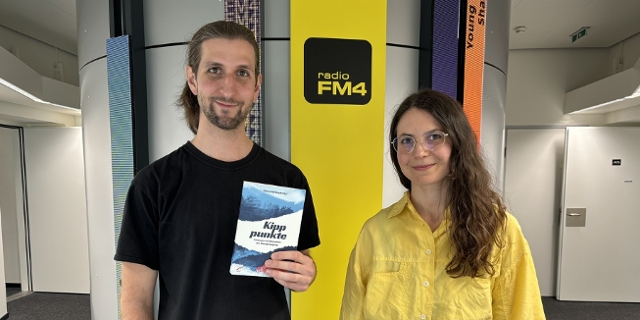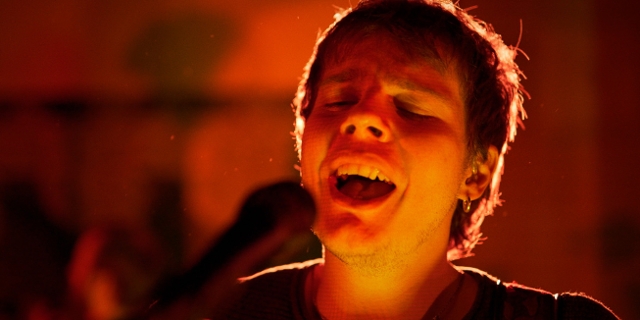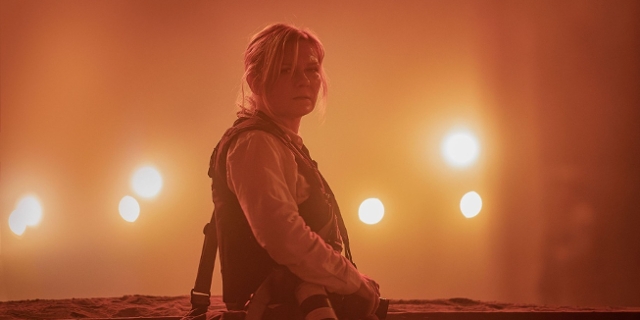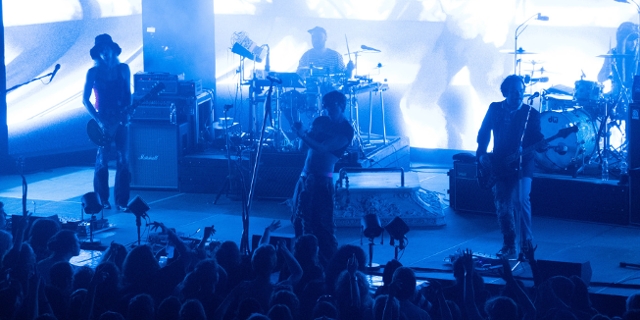„Aksel“: The Man Beneath The Helmet
On Friday a new documentary opens in Austrian cinemas, following the last 4 years in the career of legendary Norwegian skier Aksel Lund Svindal. It’s directed by Filip Christensen and Even Sigstad. They are two young filmmakers with a background in freeride filmmaking who have been friends with Svindal for many years.
The result is a very intimate film that is titled simply “Aksel”, but which could be described as “The Man Beneath The Helmet” as we get to know the skier much better. We learn of the adversity he has faced from the pain and frustration caused by his multiple injuries, to the loss of his mother as a child.
Much of the film is focused on his struggle to decide when to call it a day and finally retire. Here’s our conversation about a very intimate and moving film:
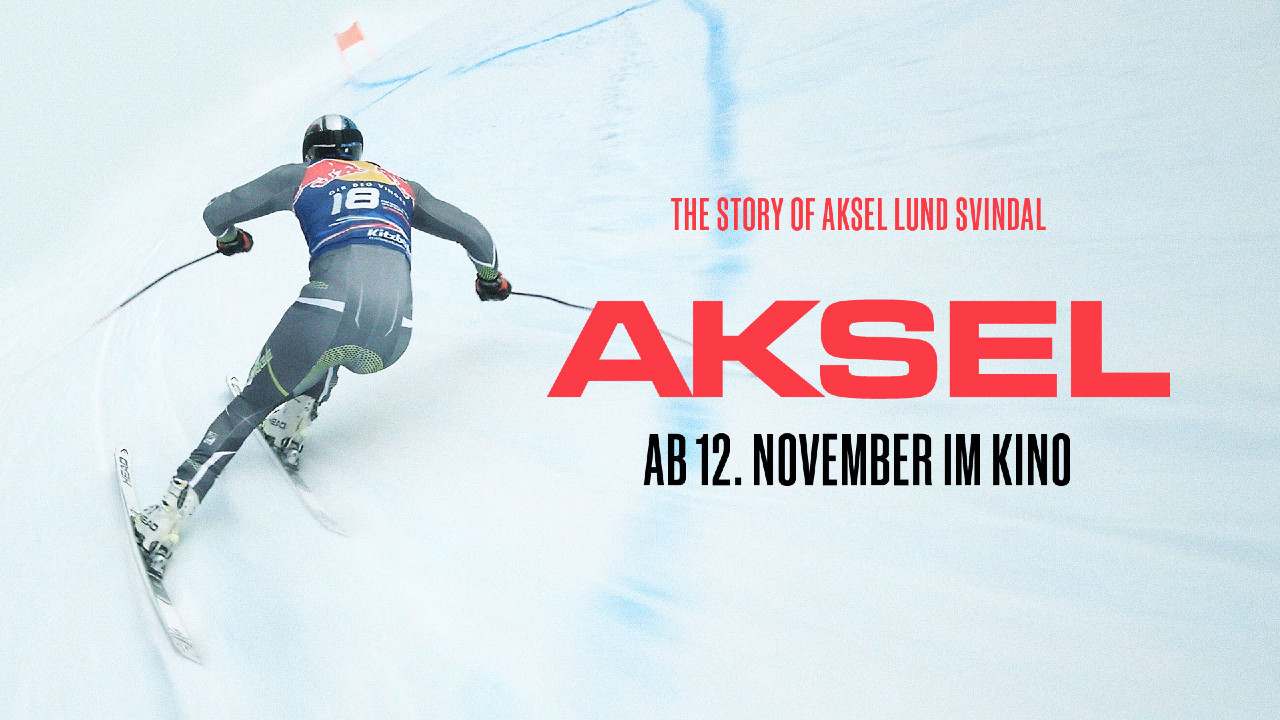
Field Productions
Chris Cummins: Why was it so hard to know when to retire?
Aksel Lund Svindal: It is difficult to know when to call time on a part of your life that you love. Do I miss it? Of course I do, but I miss the other stuff more than the actual racing. You know, the best thing you can do is to like travel to somewhere to New Zealand with the team and you are somewhere for a month with just this one focus which is to ski faster and faster and faster.
And you are there with your best friends, so it’s basically like a boys trip with the added factor that we’re some of the fastest downhill skiers in the world and we’re going to try to get even better.
Tell me more about the the friendship element. One of the interesting aspects is your friendship with fellow skier Kjetil Jansrud. Throughout the film we see you’re clearly really close buddies and also at the time you’re racing, you’re big rivals. He pips you by two hundredths of a second to gold at the World Championships in Are in what was your final ever race. So you’ve got this great friendship, but you are rivals too. Can you just tell me about the dynamic of that close friendship?
So if you go a little bit back then we were on the junior team together. And then from around 2013 we were both at the top of the rankings in speed races, and we’ve been really good at sharing information on anything from the races.
Since we’re on the same ski company, we would test skis together, and we just had this handshake agreement that if we ever end up in the situation that there’s one pair that we both want and whoever is leading the world rankings, then he’ll have first pick. Then there were the course reports and just this belief in that this co-operation will make us both better.
This sort of thing doesn’t work if you sit across someone from the other dinner table at night or at the breakfast in the morning, and they’re winning more than you’re winning and you can’t stand the fact that you have them in your face the whole time. But if you truly believe that this makes you both better, this relationship works.
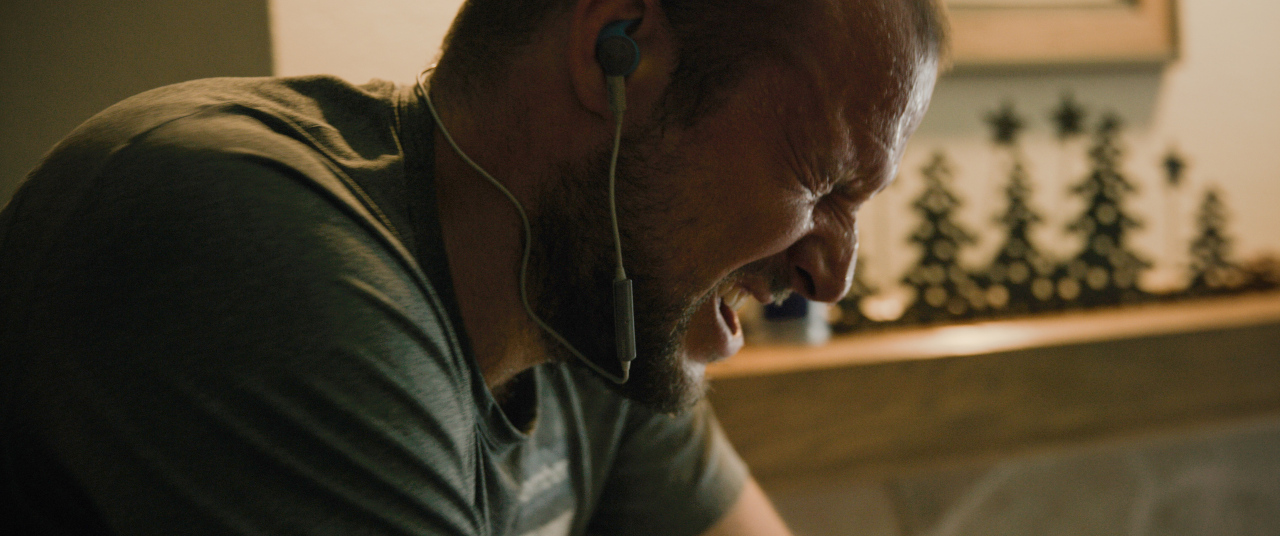
Field Productions
Is it always easy to keep your emotions in check? There is one section when you went into the Sochi Olympics as the hot favourite and in the end you don’t win anything, whereas Kjetil Jansrud won a gold medal, and he suggests in the film that was a bit of a cold moment in your relationship.
I mean that was a tough a couple of weeks for me. I came in as a big favourite, so, yeah, it was big disappointment. Even healthwise, I was also starting to struggle, which wasn’t nice. But I started reading stories in newspapers when I was there about other Norwegian athletes that also had health issues when we were in Sochi. I’m talking about the people with asthma and allergies who, in the middle of winter, were feeling the same symptoms as they would have in the spring. But then, you know, you try to keep positive day after day after day, you hope you can turn things around.
At some point, I was just utterly drained. I’ve never had this feeling before of burnout or whatever you can call it. Just putting my ski boots on was a struggle. You know, racing boots usually hurt, and they should hurt if you’re racing. But if you get physical pain in your stomach because you just can’t deal with it anymore, and you have no energy, then that’s tough. I have to admit that was the toughest situation I’ve been through in racing.
I mean, of course, I’ve been to tougher situations in the sense of like coming back from injuries and that mental preparation, but just having no energy and nothing to push out of the start with. That was a feeling that I’ve never felt before, and that was a different challenge.
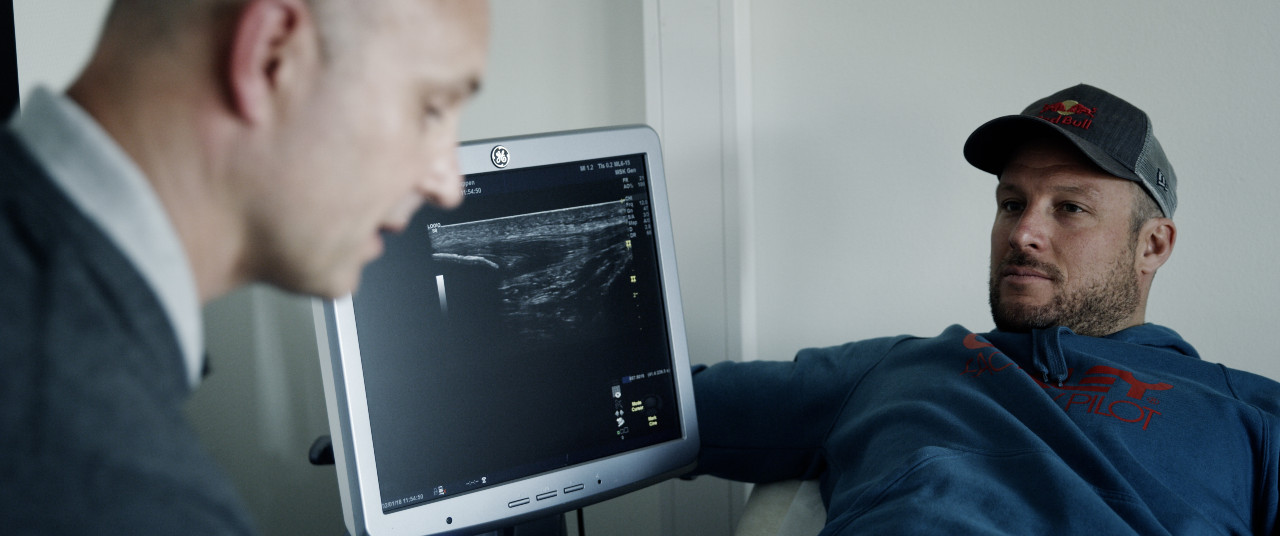
Field Productions
Let’s talk about coming back from injuries. I was there in Kitzbühel in a commentary box when you had that big crash in 2016 and you were flying head over heels at one point and brutally into the net. I remember the horror of seeing that live. In the film we see you returning to that scene and then competing. Can you just describe how you kept that trauma out of your mind so that you could compete? It seems, you know, incredible to be able to do that.
In a sense, I could, but in a sense, I also couldn’t a hundred percent, right? Because I didn’t win. We also talk about that a little bit, how I was able to do that better in Beaver Creek. You need to make a plan that you believe in. And in Beaver Creek, the one of the big differences is that on that course I know there are sections where I can be faster than my competitors, even if a hold back on the specific section where I had the accident.
Just to remind anyone who hasn’t followed your career that closely, in 2007, I think it was, you had a really horrific injury in Beaver Creek and then you came back exactly one year later and you won the race. So you had that experience of coming back from a big injury to the same place.
Yeah. But the difference there is that in Beaver Creek, I won races before and I knew that there’s a section of this course, where I can ski much faster than the others and then I can make a plan that I believe in myself, even if I am a little bit cautious in the one particular section where I had crashed.
Because if you say you’re not afraid of the place that took you out and which put you in hospital for a month, then I think you’re lying. At least if you’re not lying to everyone else, you’re at least lying to yourself a little bit. I think so. I think it’s better to acknowledge the fact that you are scared and you have to deal with it. And in Beaver Creek I dealt with it perfectly, In Kitzbühel I was not quite able to. I was able to go down and be a top 10 finisher, or I don’t know where I ended up even, but I didn’t deal with it well enough to to win the race.
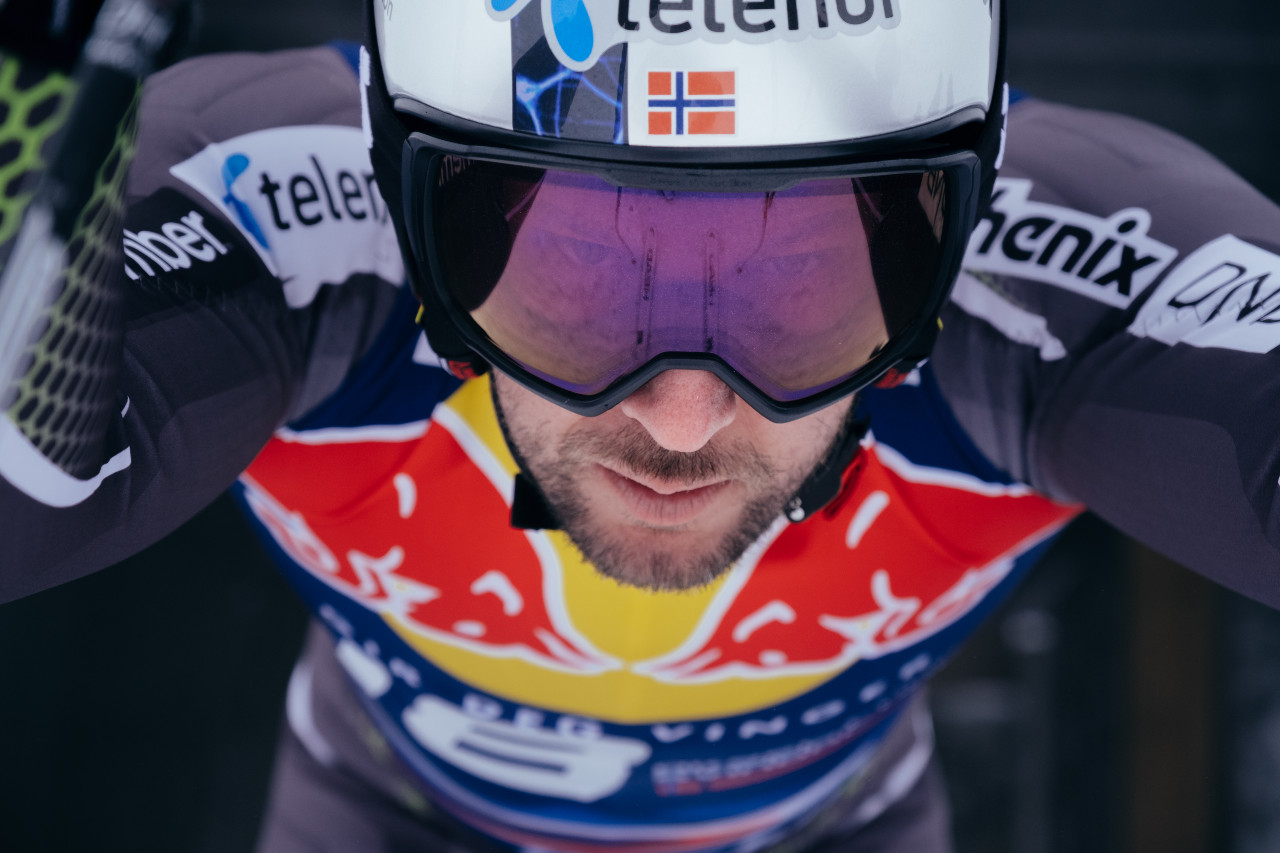
Thomas Flatt
That you’re disappointed with that says something about your psychology. If I remember it, you won the Super-G and it was edited out of the film. I thought if it was my film, I’d be having the cameras watch that because that was incredible. But you just accepted this film’s specifically about downhill.
Exactly. That’s what they wanted because if the filmmakers would have had included the Super-G, the storyline doesn’t play out so well. There were also times after I broke my thumb when I had to get new surgery and in the film I’m not doing so well before it starts to go better. But actually, I won Super-G races during that time with my hand taped onto the pole. So they actually took Super-G out of there to just make the storyline a little work better.
Of course, the big psychological impact in coming back from an injury. But there’s a constant physical issue. For most of the time over the four years that we follow you, we see that your knees are swollen. A lot of the time you’ve got a big brace on. A lot of the time we see you gingerly taking that off. Can you just describe how much pain you were in on that on a day to day level during that period?
Quite honestly, when you race, the adrenaline makes up for it. So for the two minutes you go down the race course, it’s actually not a problem at all. The problem is that you can’t do anything else, basically, because then you can’t hide the pain or you can’t forget about the pain when you’re not in race mode.
And when you think about it, it’s kind of silly. Like I would limp downstairs or walk backwards, but I was still racing races because that works. But the sad part is that I’d spent so much time just sitting on the bike when my team-mates were all training. And that’s also why I eventually retired because I’m a big fan of ski racing, but I’m a bigger fan of the combination of being with my team-mates and the skiing itself. That was more important to me than the big events. In the end, I didn’t take part in the training almost any more.
I really wanted to have that feeling when I’m back that I’m 100 percent sure when I will never look back and regret that I retired. And then I probably raced a few months too long, like healthwise. But for my mental peace of mind, I think it was important just to be like 100 percent sure that that was it.
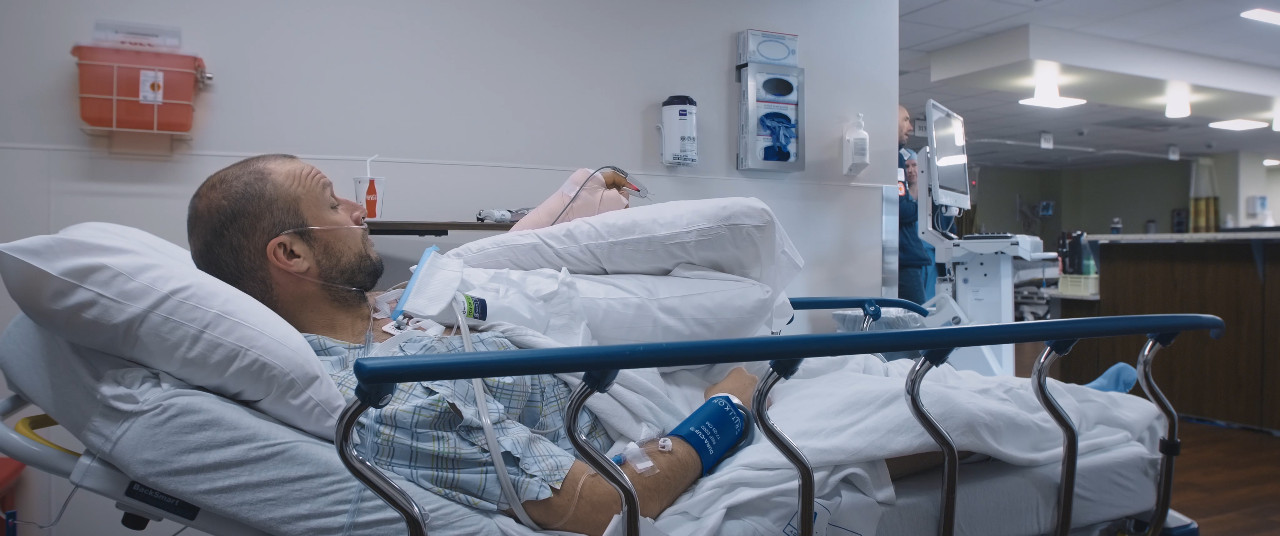
Field Productions
Can I just ask you about that last point; about the doctor saying, „Hey, you should stop“ while you wanted to keep going? I don’t want to intrude in any part of your medical privacy, but you do mention at one point in the film that you have to live with the consequences of some of these injuries for the rest of your life. What is it like now?
You know what? Not too bad. Obviously I don’t ski that much anymore, which helps. Sadly, basically the worst thing that I could do for for my knee is skiing, which is kind of sad because I love it so much.
I actually lost 12 kilos. When I was a downhill racer, I used to eat until I was full, but then I ate some more just to keep my weight up. I don’t do that anymore and I don’t lift as heavy weights anymore because I think that it’s better for my knee to have less weight on it all the time. I still go skiing a lot, but I usually ski like until lunch.
If I ski longer than that, then I know that the next day there will be no skiing, right? So I just try to be a little bit smarter about how I do things. But if I’m smart about it, then it works well.
I’ve heard the cool kids only ski till lunch anyway. Um yeah.
But then they go partying afterwards. I actually go ski-touring or do something else because I still want to be like outside in the in the mountains.
You mentioned the importance of friendship. There’s also the importance of family, and you’re the star of this film, clearly. But for me, there was a co-star and I have to say I fell a little bit in love with him. And that’s your dad. He’s quiet. He’s faithful. He just is this this wonderful presence in the movie? And I just wanted to ask you about your relationship with this man who’s been such a support in your life.
Now, thinking back what he went to when my mother passed away, for instance, as she passed when I was just 8 years old it’s emotional thinking about that. Now I am a grown up I realize more what he went through. He made it work for me and my brother – with the help of neighbours and grandparents and others as well.
We could go and ski and do the stuff we wanted to do because he made it work. Without anyone telling us, I think we realized we had to make things as easy as possible for him, so we tried never to cause trouble. But even so, I know the credit goes to him and he’s been awesome.
For all the charming interviews you have given, including this one, I got the sense from watching this film that you are quite a private person and a relatively introverted person. So I wonder what it was like watching this very emotional film, with all these intimate moments about your family and about the moments when you’re down?
It was a process. The film team were friends of mine and that’s why I could trust them. Now that the movie is playing in Oslo, I’ve been to so many theatres but I have only watched the movie twice because I get tired from watching it. You relive a lot of these moments and it’s very personal. But also, I have to say, I don’t think it’s healthy to watch it more often. It’s bad enough that the movie has my name and my face all over the poster, which is not something I felt we originally agreed on. We had me skiing downhill as the picture, but that’s that changed some way down the line. Anyway, that’s bad enough. Me watching the movie, like 20 times would not be healthy.
I think I just, yeah, it’s I try to not stay away from it, of course, because I think it’s turned out really well and in Norway we have got such good reviews from the newspapers and all that. So in that sense, I’m proud of it. But from this healthy distance, if you kind of understand what I mean.
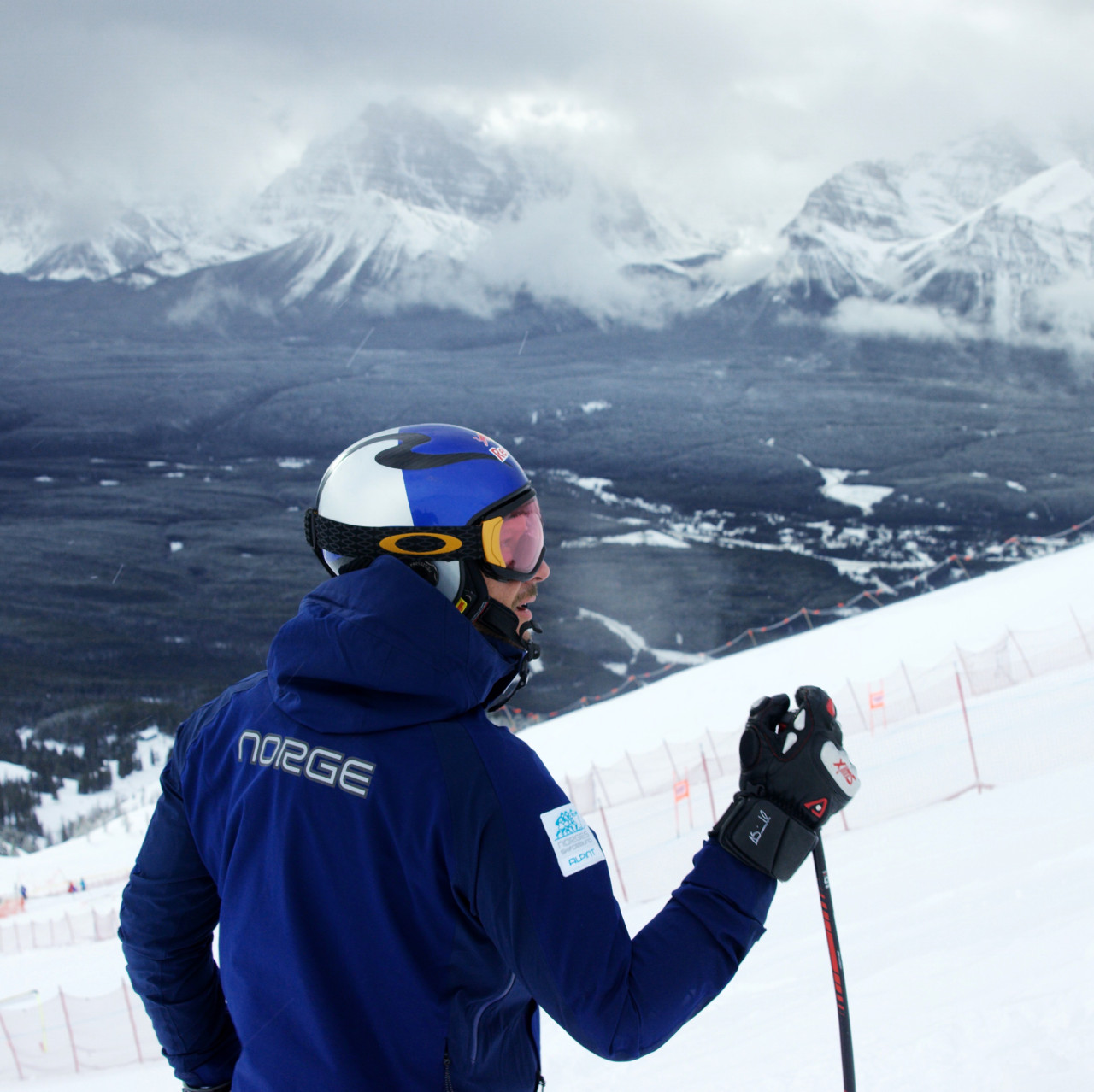
Field Productions
Let me ask you then one final question, because your film ends with this beautiful scene where you go free riding, heli-skiing in fact in Canada, with your dad and your brother. And you just mention how skiing means so much to you. Even when you can only do it till lunchtime, please just describe what skiing, means to you?
Well, I think it’s a part of who you are, right? Like it’s a part of your DNA. It’s what we do as a family and maybe also what like holds us together somehow. It’s always been there. Then I guess I hadn’t thought much about it either until you have a filmmaker with the camera right there and they ask that question, and then you start to think. And also skiing is somehow what got us through some tough situations because we spent a lot of time skiing.
Publiziert am 11.11.2021







